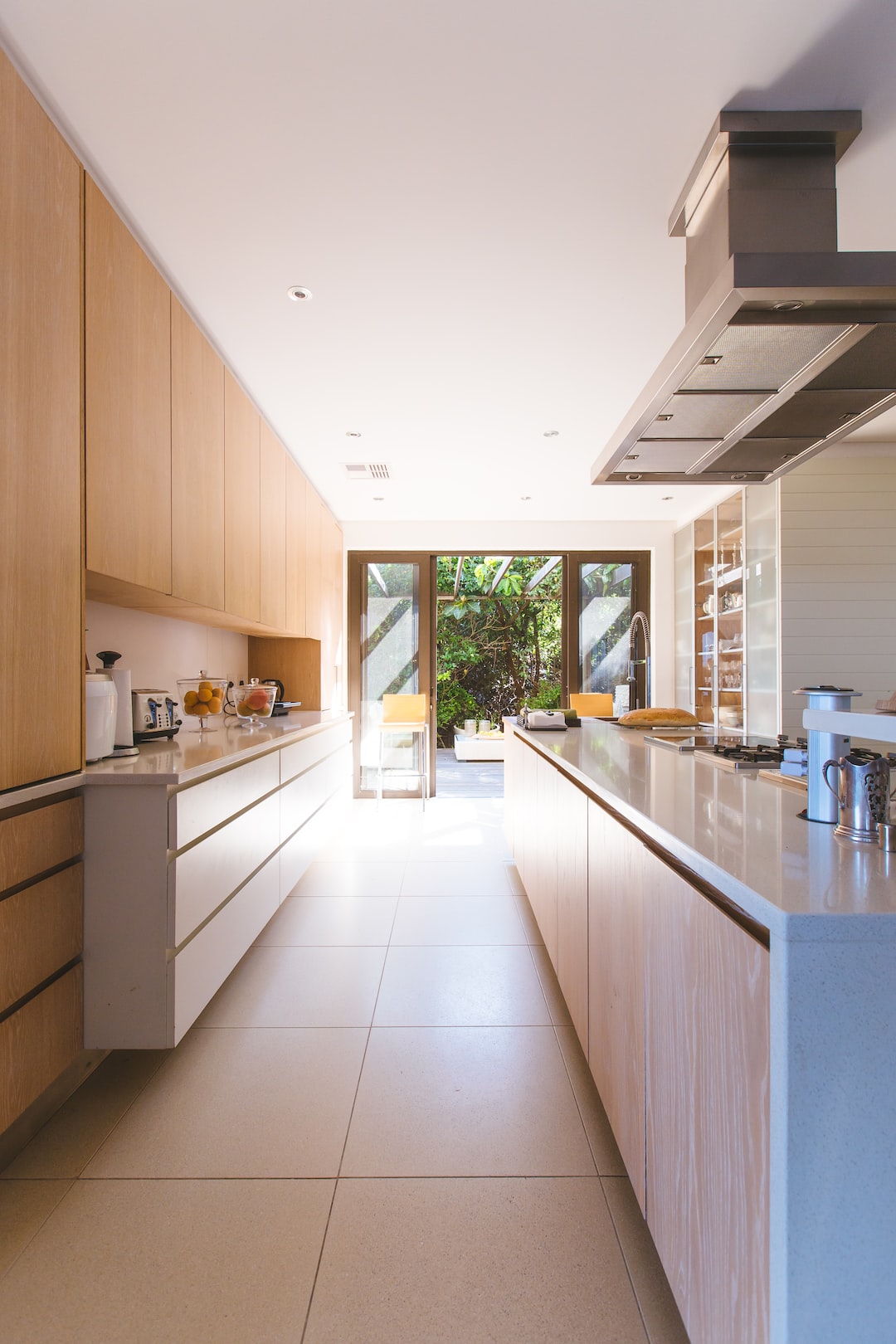The Growing Trend of Eco-Friendly Homes
In recent years, there has been a noticeable shift in the mindset of homeowners towards sustainable and eco-friendly living. This shift can be seen in the growing trend of eco-friendly homes. These homes are designed and built with a focus on reducing their ecological footprint while providing a comfortable living space for its occupants.
There are several key reasons behind the rise in popularity of eco-friendly homes. First and foremost, people are becoming more aware of the impact of their actions on the environment. Climate change and depletion of natural resources have become major concerns, and individuals are now seeking ways to make a positive impact on the planet.
Eco-friendly homes offer an effective solution to reduce energy consumption and minimize waste production. These homes are equipped with energy-efficient appliances, insulation systems, and solar panels. This allows homeowners to greatly reduce their reliance on non-renewable energy sources and lower their utility bills. Furthermore, water-saving fixtures and rainwater harvesting systems help to conserve water, a precious resource.
In addition to reducing environmental impact, eco-friendly homes also prioritize the health and well-being of their occupants. Traditional homes often contain harmful substances such as volatile organic compounds (VOCs) and formaldehyde, which are commonly found in paint, carpets, and furniture. These substances can contribute to poor indoor air quality, leading to respiratory problems and allergies.
On the other hand, eco-friendly homes are built using materials that are non-toxic and low in VOCs, ensuring a healthier indoor environment. For example, natural paints and finishes are used instead of synthetic ones. Improved ventilation systems further enhance indoor air quality by circulating fresh air throughout the home, reducing the concentration of harmful pollutants.
Another important aspect of eco-friendly homes is their emphasis on sustainable and locally sourced materials. Traditional construction methods often rely on materials that are energy-intensive to produce and transport, such as concrete and steel. In contrast, eco-friendly homes use materials that have a lower carbon footprint, such as recycled or reclaimed wood, bamboo, and natural stones.
By using sustainable materials, eco-friendly homes reduce the need for extracting raw materials, thereby preserving natural resources. Additionally, the use of locally sourced materials helps to support local economies and reduces transportation emissions associated with long-distance shipping.
The design and layout of eco-friendly homes also contribute to their sustainability. For example, these homes are often built with large windows and skylights to maximize natural light, reducing the need for artificial lighting during the day. This not only decreases energy consumption but also creates a more welcoming and pleasant living environment.
Furthermore, eco-friendly homes are designed to harmonize with their surroundings. This includes features such as green roofs, which not only provide insulation but also support local biodiversity. Rain gardens and permeable driveways help to manage stormwater runoff, reducing the strain on municipal infrastructure and preventing water pollution.
The growing trend of eco-friendly homes is not limited to new constructions. Many homeowners are also retrofitting their existing homes to make them more energy-efficient and sustainable. This includes upgrading insulation, installing energy-efficient windows, and implementing renewable energy systems.
In conclusion, the increasing popularity of eco-friendly homes can be attributed to several key factors. People are becoming more aware of the impact of their actions on the environment and are seeking ways to reduce their ecological footprint. Eco-friendly homes offer a solution by utilizing energy-efficient technologies, sustainable materials, and improved indoor air quality. As the world’s population continues to grow and environmental challenges become more pressing, the trend of eco-friendly homes is likely to continue to rise.

